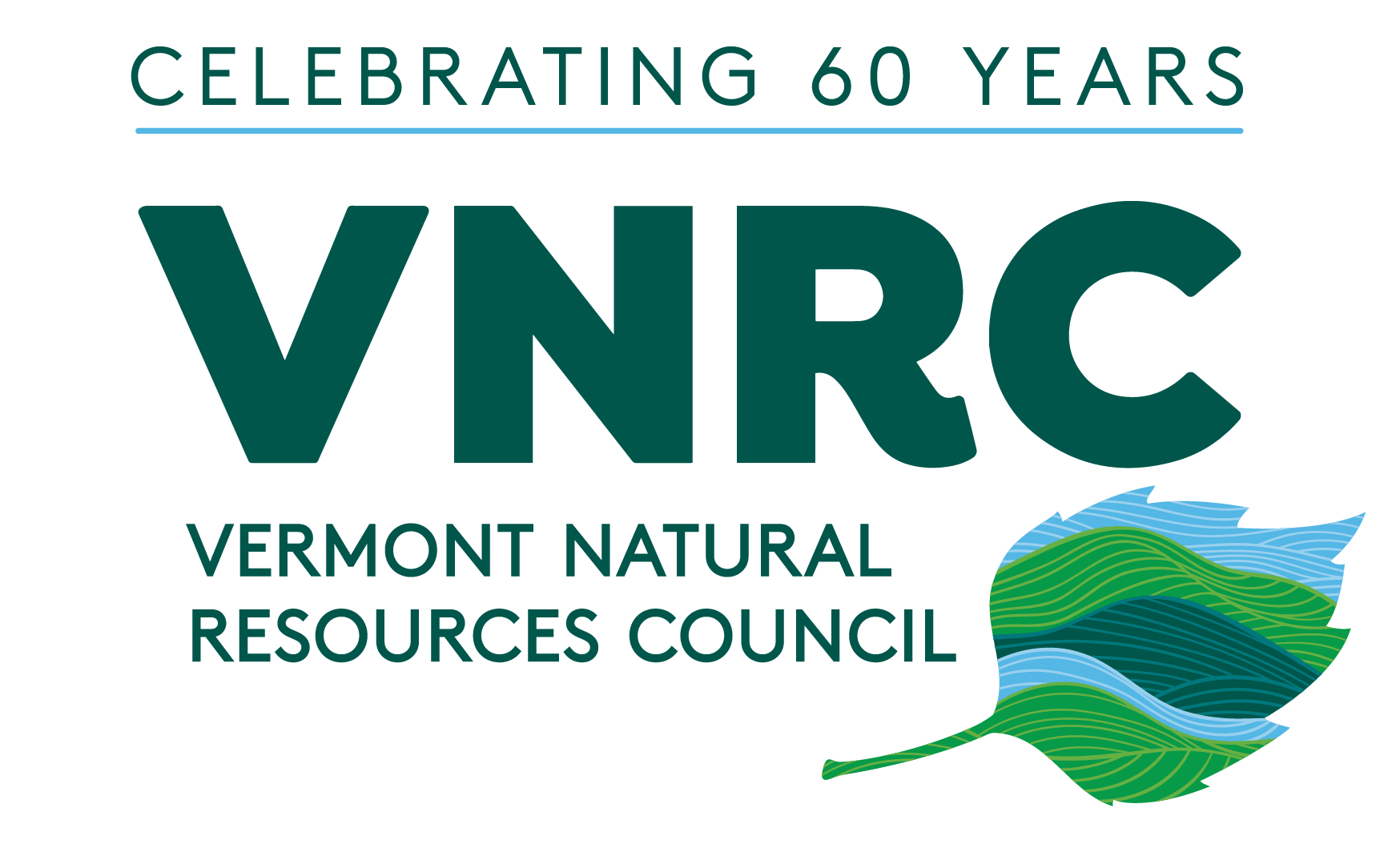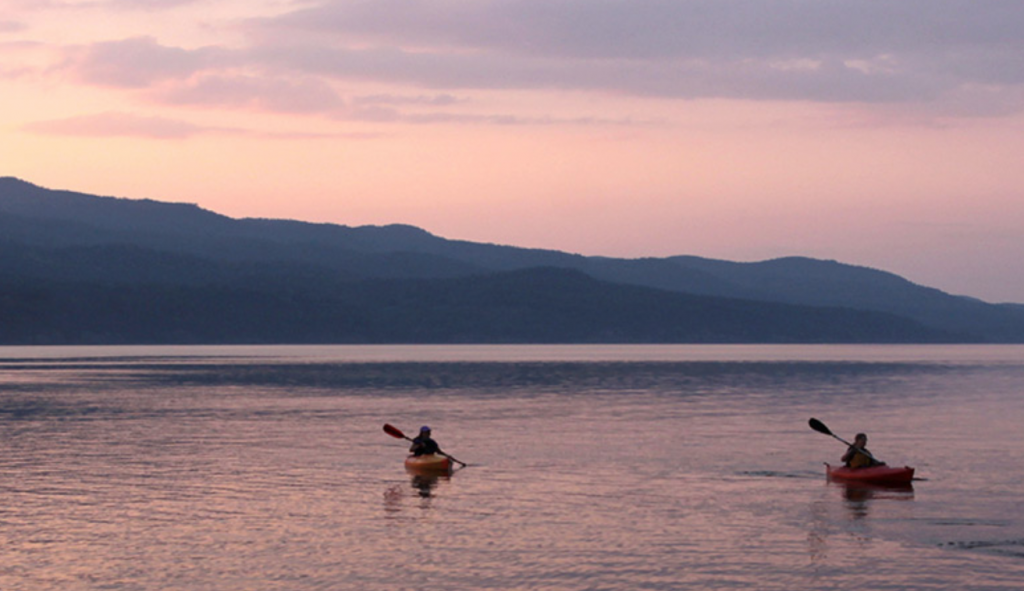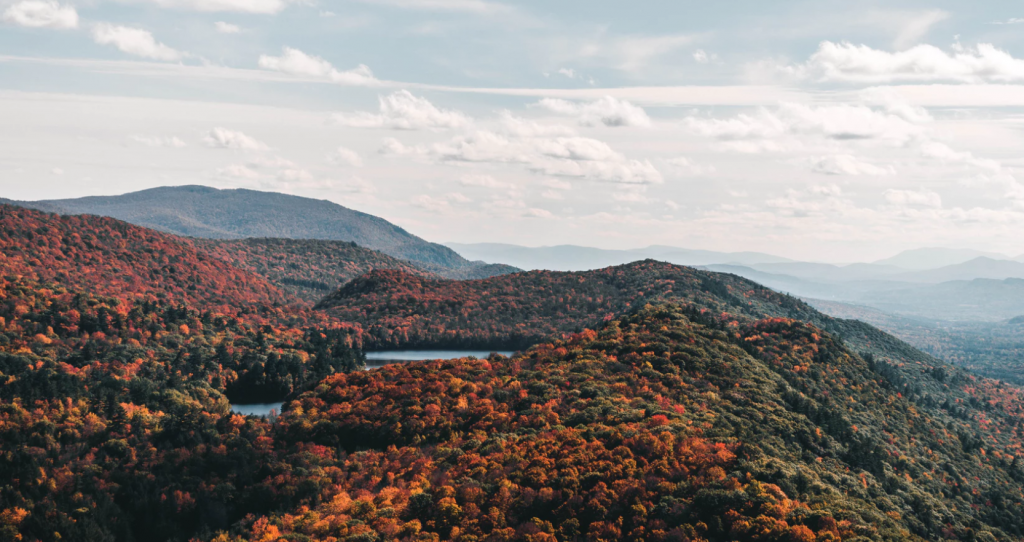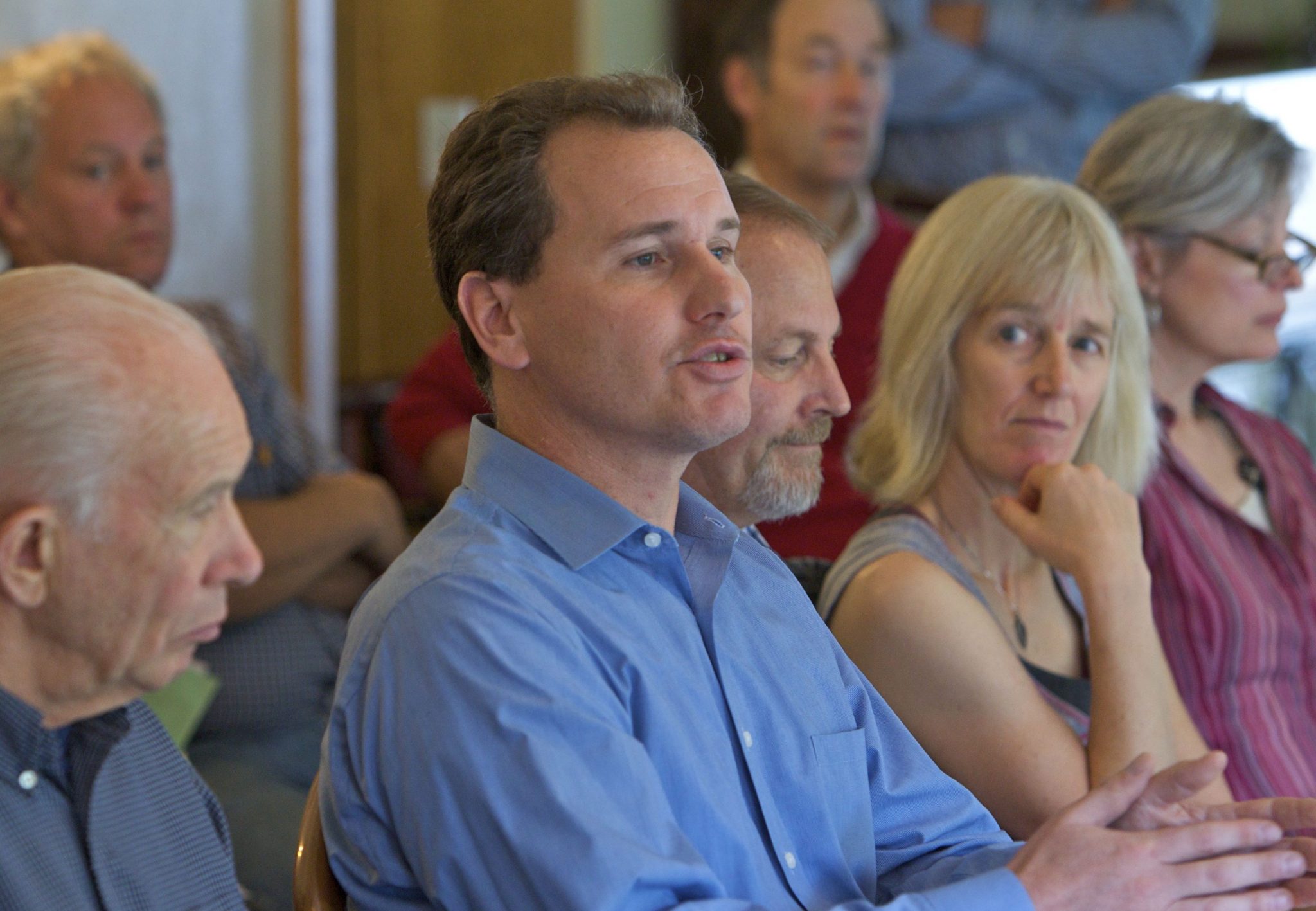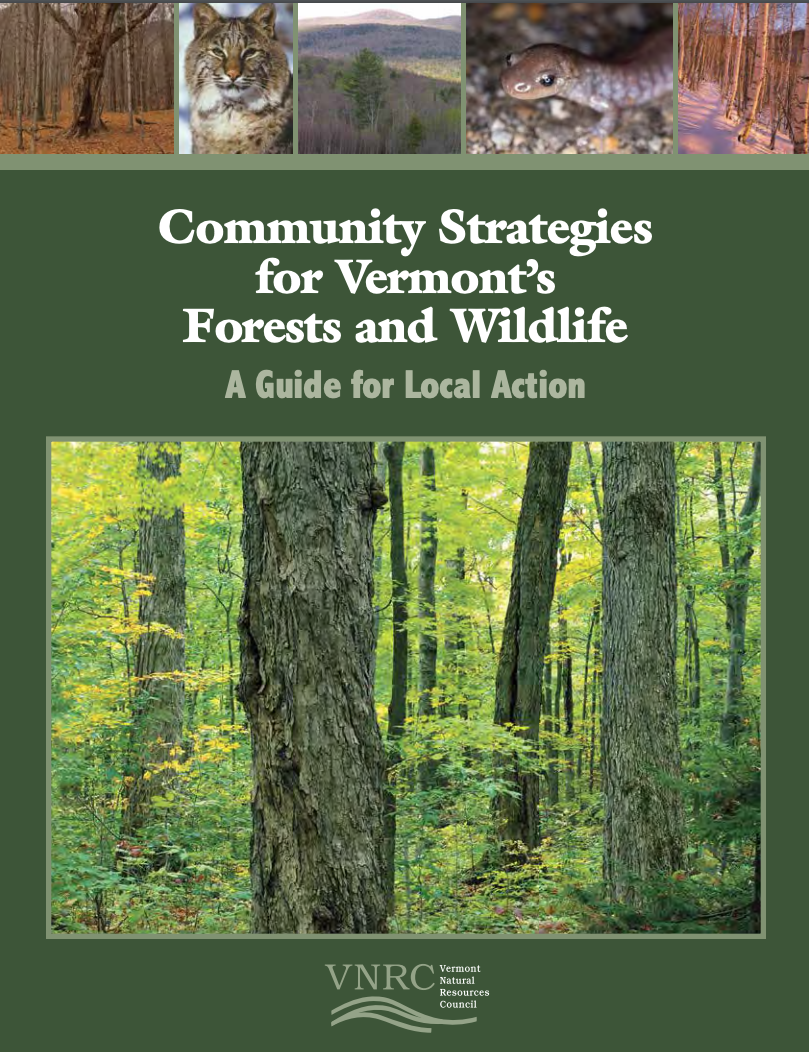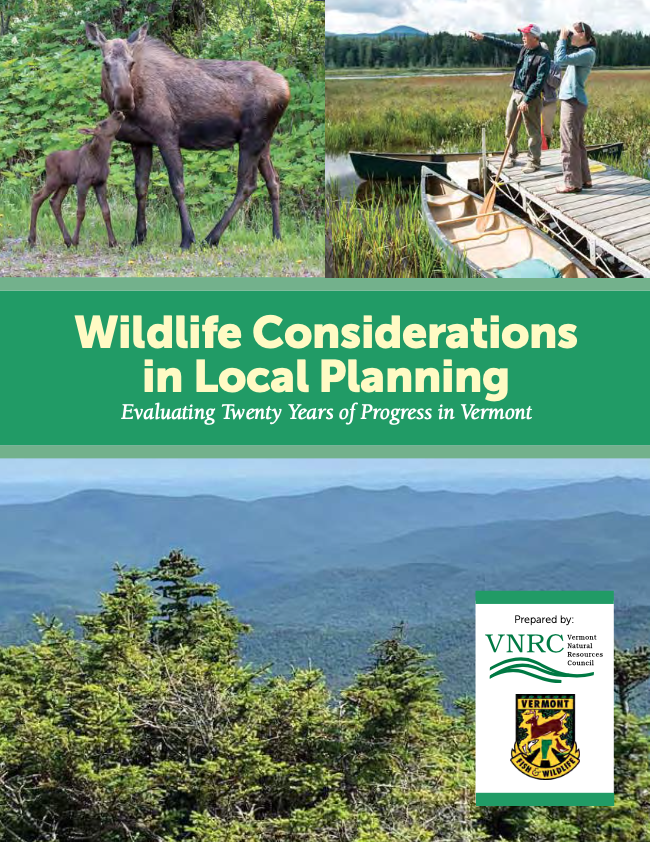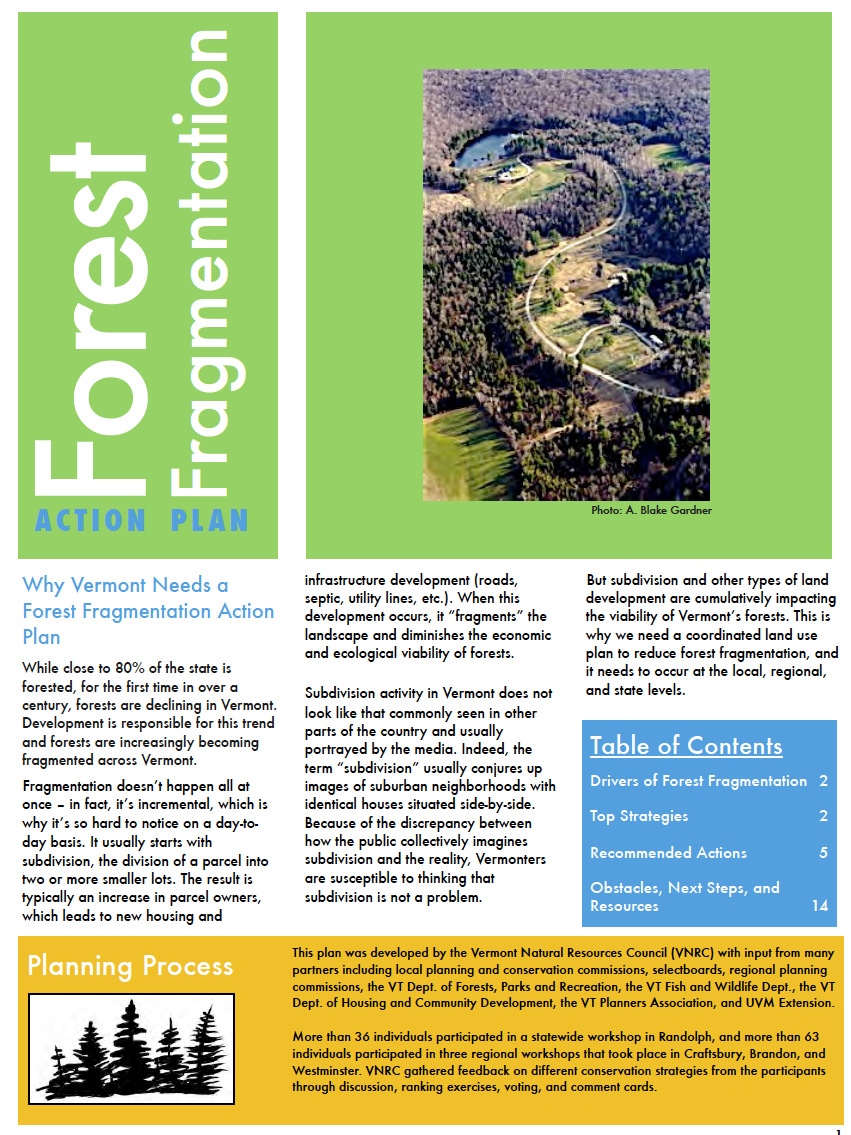Healthy Forests & Wildlife
VNRC has a long history of protecting Vermont’s forests, natural areas and working landscape. Since approximately 80% of Vermont’s forests are privately owned, we advocate for policies that help landowners and communities promote the long-term stewardship of their forestland and wildlife resources. On state, federal, and municipally owned forests, we encourage proactive and sustainable management and conservation practices. We also promote tax policies and creative approaches in the Vermont Legislature to keep our forests viable for the diverse values they provide.
Jamey Fidel, General Counsel and Forest & Wildlife Program Director
802-223-2328 x117

At A Glance
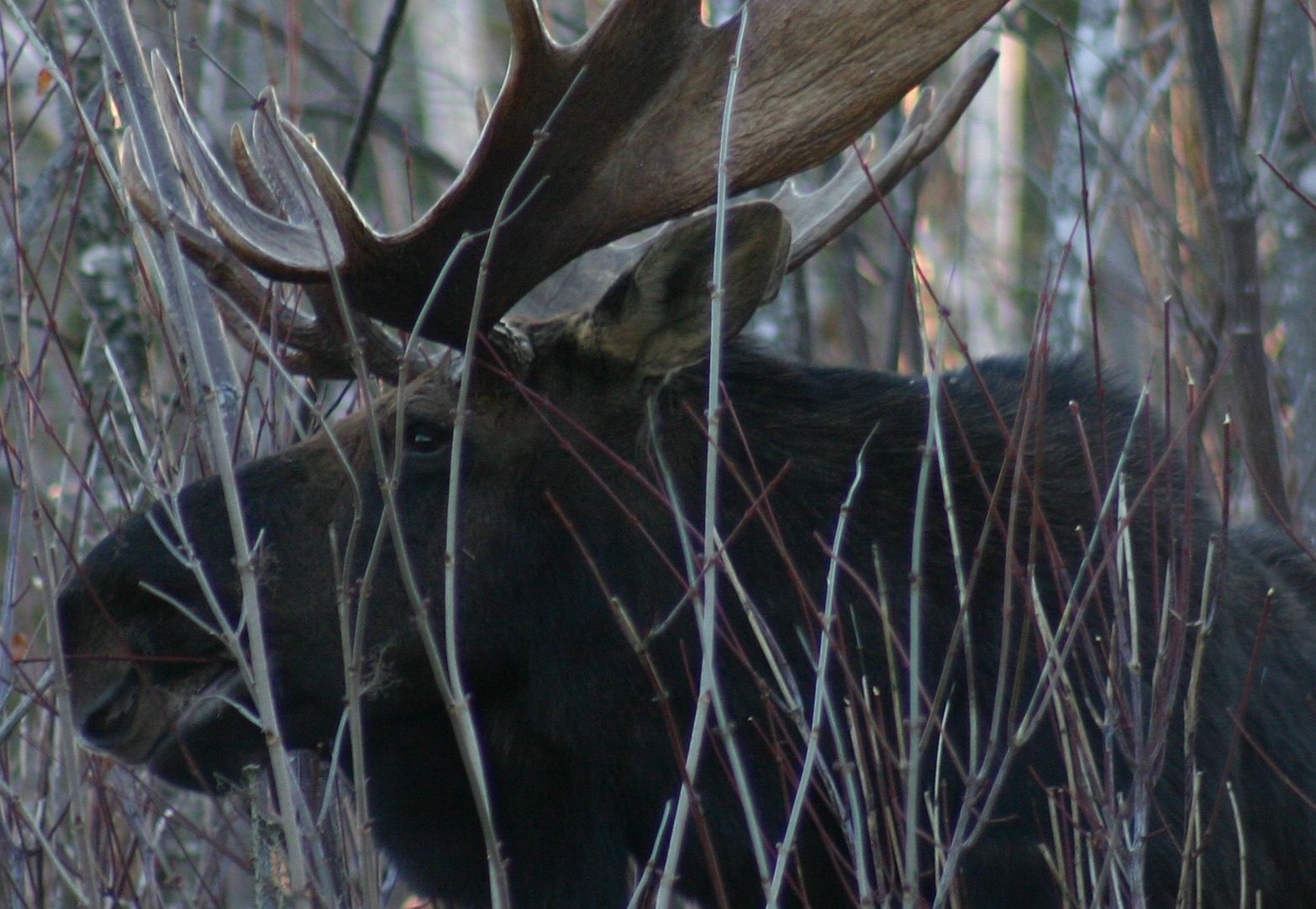
Promoting Intact Forests
Fighting fragmentation and parcelization in Vermont through research, coalition work, and community outreach
Read More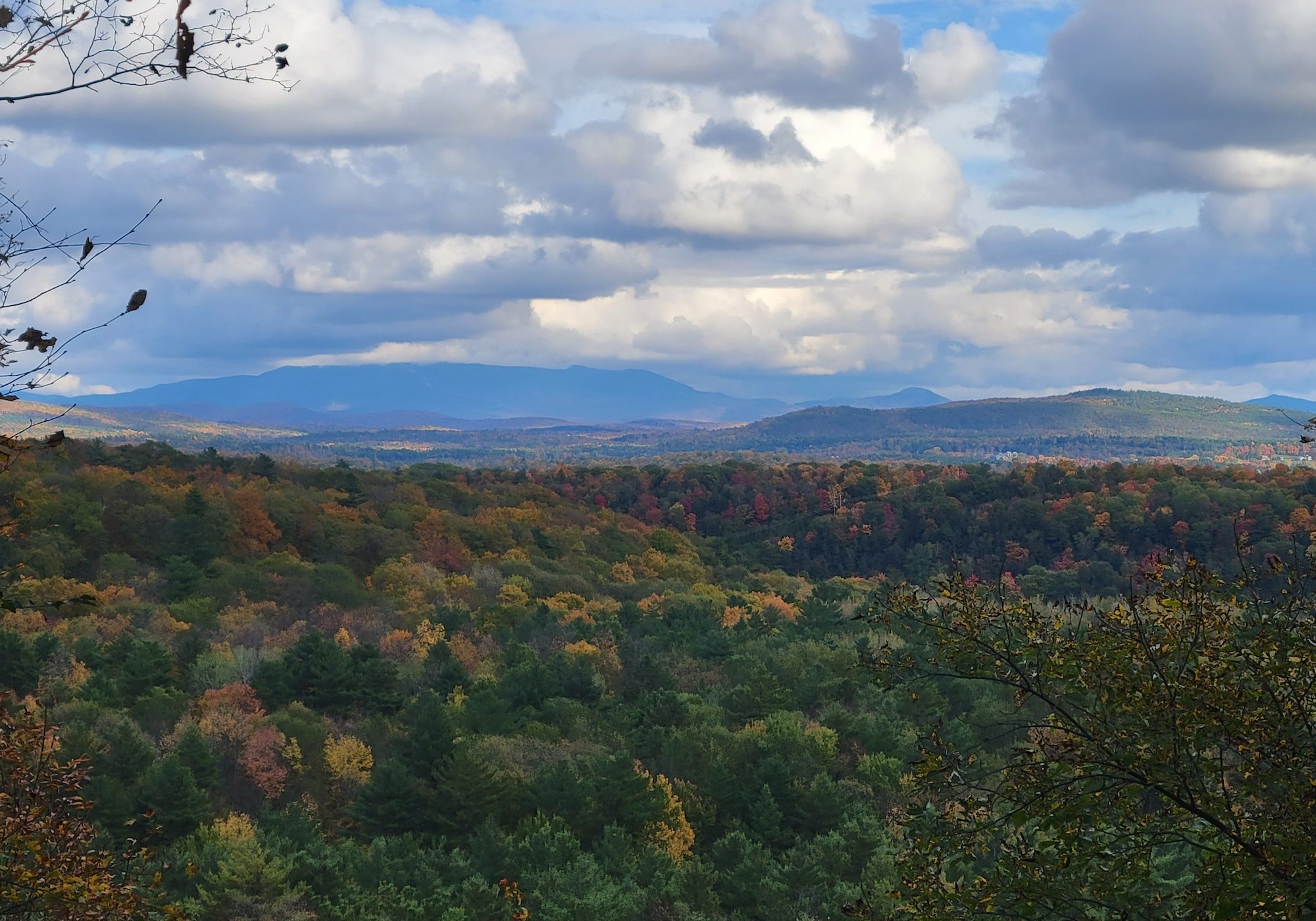
Policy Position: H.126
An act relating to community resilience and biodiversity protection
Read More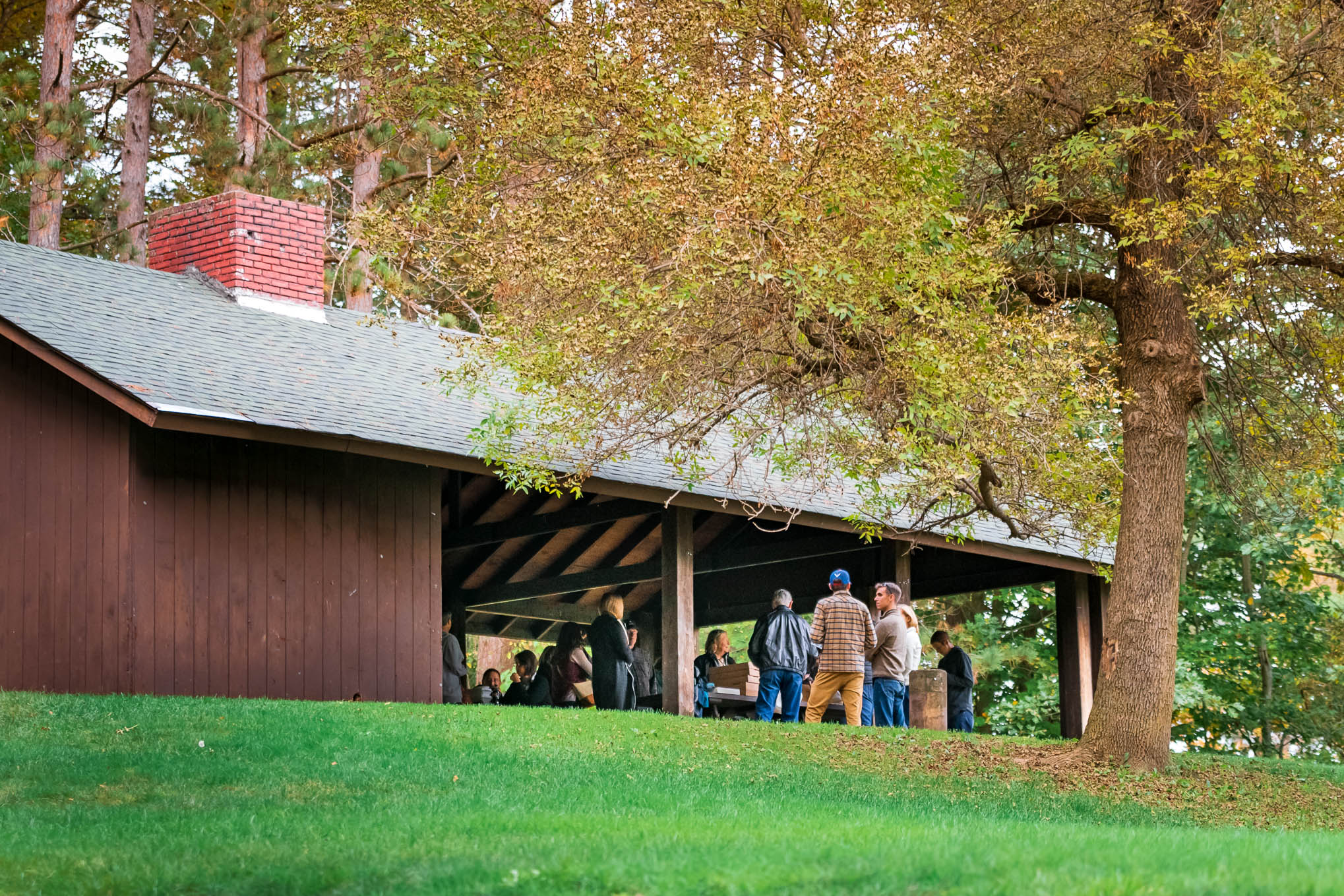
Technical Assistance and Education
Helping communities and landowners protect natural resources
Read MoreForest & Wildlife News
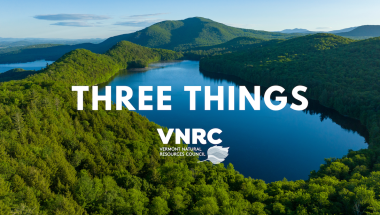
Remembering Rep Curt McCormack, announcing the VNRC Annual Meeting, and weighing in on the management of our state & national forests
Three Things: This week, we’re remembering Representative Curt McCormack and his many contributions to our state, sharing details about our upcoming Annual Meeting, and weighing in on the management of…
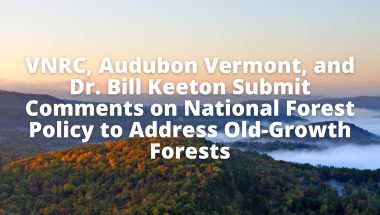
VNRC, Audubon Vermont, and Dr. Bill Keeton Submit Comments on National Forest Policy to Address Old-Growth Forests
On September 20th, 2024, we submitted comments to the United States Forest Service in partnership with Audubon Vermont and Dr. Bill Keeton regarding a national process to address old-growth forests…
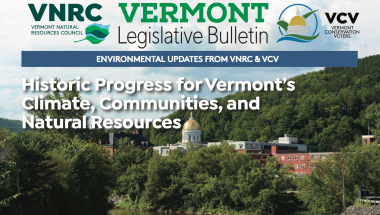
2024 Vermont Legislative Bulletin – Historic Progress for Vermont’s Climate, Communities, and Natural Resources
It’s been a historic year for climate action, communities, and natural resources! Read about the monumental progress made this year in our 2024 Legislative Bulletin. With the devastating impacts of…
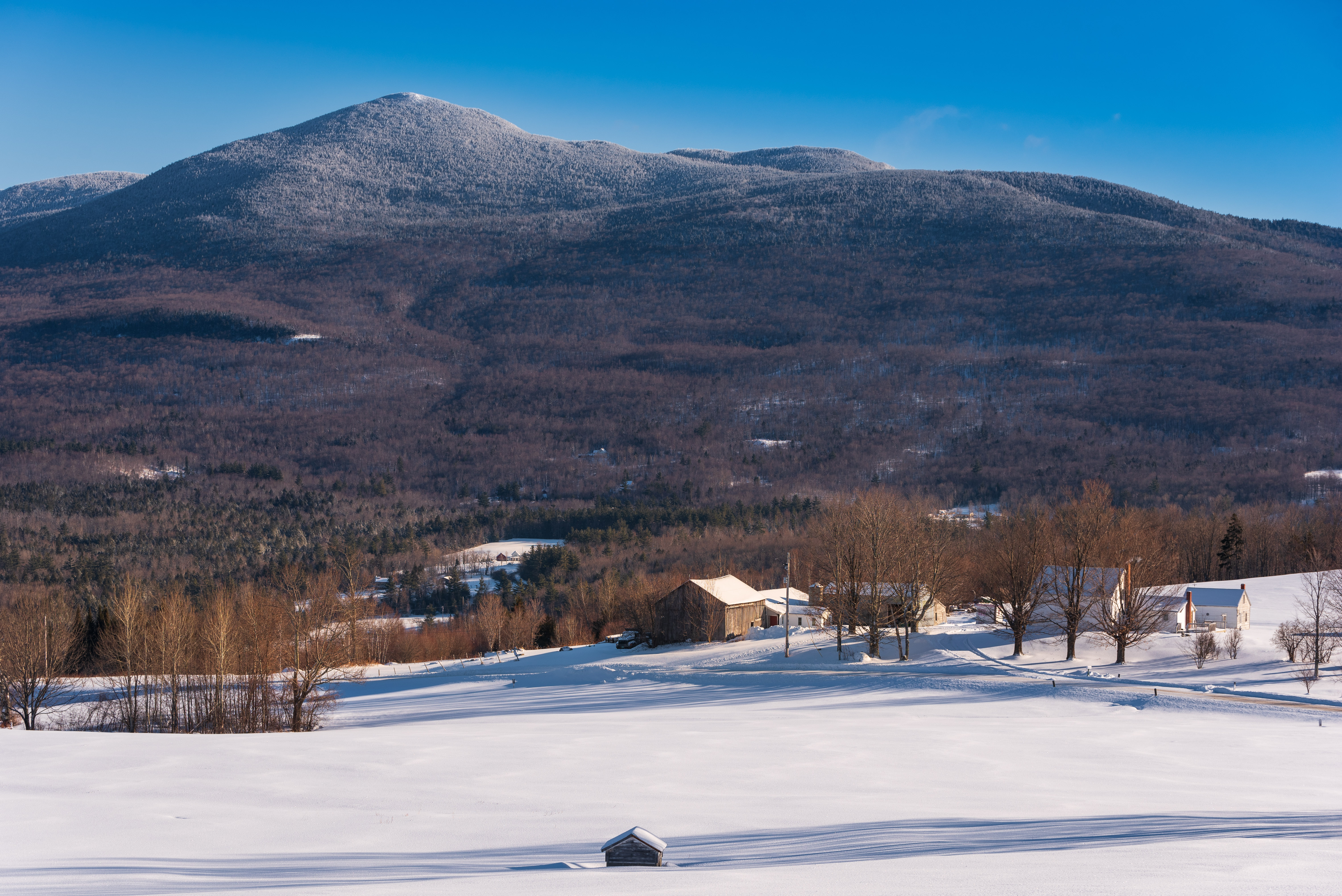
Forest Roundtable
Developed and convened by VNRC in 2006, the Forest Roundtable is a venue for the exchange of information relating to forest policy, and keeping Vermont’s forests as forests, with particular attention focused on addressing parcelization and forest fragmentation. Participants have included conservation groups, consulting foresters, professional planners, government officials, landowner organizations, outdoor recreation and sporting interests, representatives from the forest products industry, legislators, staff from Vermont’s congressional delegation, and researchers and professors.
Learn more.